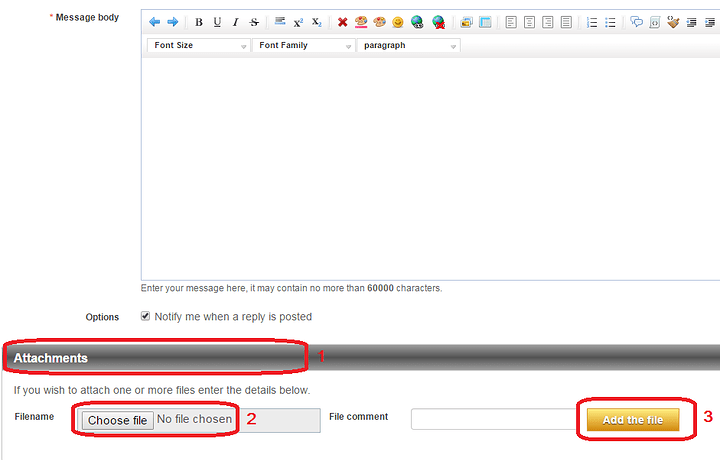Hey guys.
So I have read through quite a few tutorials and think I have followed all the steps but can’t seem to get the phoenix 3 dof hexapod to work properly.
Hardware used:
Laptop
]Windows 10, i7, 16GB ram./:m]
Hexapod
]18 servos Towardpro MG996R/:m]
]SSC32U/:m]
]Botboarduino./:m]
The aim is to get this hexapod walking autonomously(can anyone guide me to a tutorial or any info on this? Have found quite a bit regarding PS2 but nothing on autonomous navigation for the phoenix ).
So currently I have the servos hooked up to the SSC32, and the botboarduino is hooked up to the SSC32 as per the tutorials.
I don’t think I can attach images here, so the links to the photos for the below are linked accordingly.
Image of SSC32U and Botboarduino connected together can be seen here
Now the issues are.
]When I power up the micro controllers and servos the left legs curl up upwards and the right legs sort of stretch out. This can be seen here. And they seem to want to keep on going if that makes and sense./:m]
]I have downloaded the SSC32 Servo Sequencer. It connects but I cant move the servos with the slider. lynxmotion.com/p-895-free-download-ssc-32-servo-sequencer-utility-created-using-flowbotics-studio.aspx/:m]
]I have downloaded the hexapod calibration program and tried holding A to start the robot in calibration mode but the program just says not connected. The steps followed can be found here. /:m]
One thing I am really not sure about. I am not using a PS2 controller at all. Will this effect and give me these strange results? Shouldn’t I still be able to connect to the SSC 32 and control the servos?
If there’s any more info I can provide please do let me know and thanks in advance.




